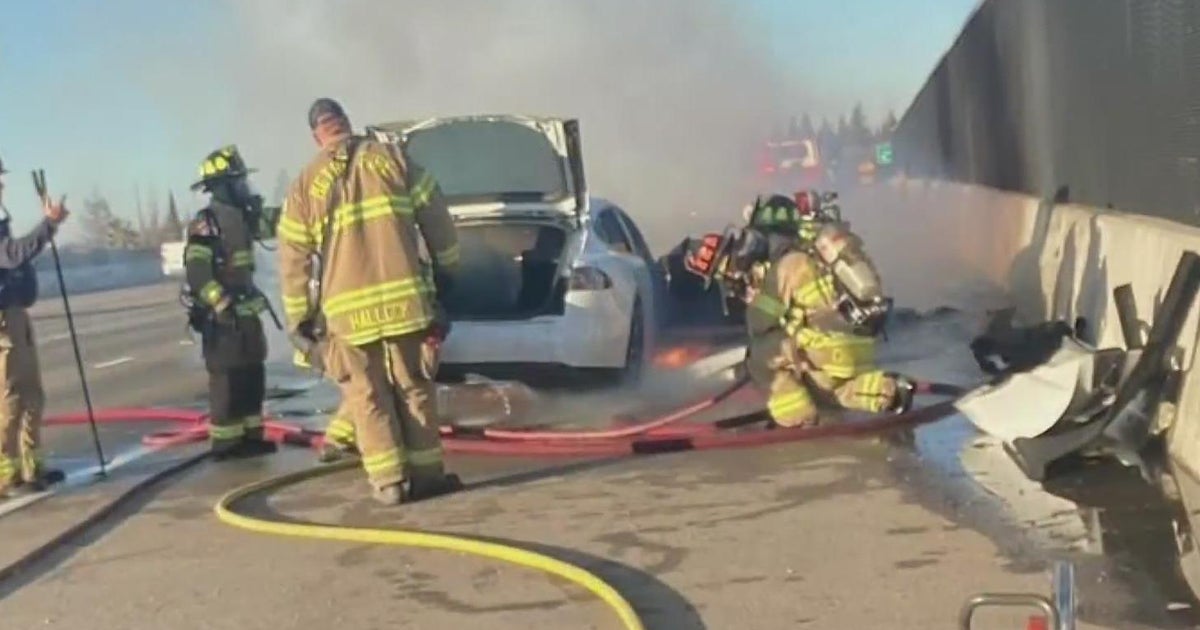Local doctors and researchers are studying how electric vehicles can pose long-term health issues for first responders.
A firefighter’s personal battle with cancer
Claudine Buzzo has never responded to an EV fire, but she knows the health risks involved in firefighting.
“I think a lot of people don’t realize what we see on a daily basis,” Buzzo said.
She is a firefighter and the Benefits Officer for the Metro-Dade Firefighters Union.
She’s also a cancer survivor.
“I wasn’t feeling good. I went to the emergency room. They found a mass on my pancreas,” Buzzo recalled. “It turns out it was a neuroendocrine tumor. It’s a really rare tumor. Obviously, it was very shocking.”
After an intense 10-hour surgery and a 6-week hospital stay filled with complications, she returned to light duty.
Then, last year—eight years after her first diagnosis—she was diagnosed with two types of breast cancer.
“It was a punch to the gut again. I went through a lot with the pancreas, so my first call was to Dr. Kobetz, and she got me through to Sylvester.”
Investigating the hidden dangers of EV fires
Sylvester Comprehensive Cancer Center is home to the Firefighter Cancer Initiative, which is currently leading a multidisciplinary study into electric vehicle fires and how they could impact firefighter health down the road.
“The batteries that are located in there create a space for greater exposure to metals,” said Dr. Alberto Caban-Martinez.
Dr. Caban-Martinez says different metals emitted during an EV fire are linked to different types of cancer.
For example, nickel—a key metal in EV batteries—is linked to lung, nasal, and laryngeal cancer.
Chromium, which is found in some EV batteries, is associated with lung, nasal, and sinus cancer.
“What we know from electric vehicle fires in an experiment we did that summer is that the plume of smoke contains really high concentrations of these metals, so the amount of exposure in one instance is much higher than you would see in a traditional combustion car,” Dr. Caban-Martinez explained.
We reached out to the Electric Vehicle Association for comment.
A board member replied, writing in part, “Firefighters definitely have a risky job. Whether it is gas and oil in cars, asbestos from burning structures, lead in paint, or even rubber in tires, noxious fumes from any fire definitely pose a health risk. I think that’s why a self-contained breathing apparatus is such an important part of any firefighter’s job.”
The statement goes on to say, “It seems unlikely that lithium-ion batteries in EVs significantly increase on-the-job risk vis-à-vis other types of fire risk, but it appears the Miller School of Medicine’s approach to this field of study is sound.”
Data from the National Transportation Safety Board shows electric vehicles are less of a fire risk than conventional combustion-engine cars, but firefighters know they present a unique challenge.
“It’s scary knowing the toxins that are coming out of these batteries,” Buzzo said.




